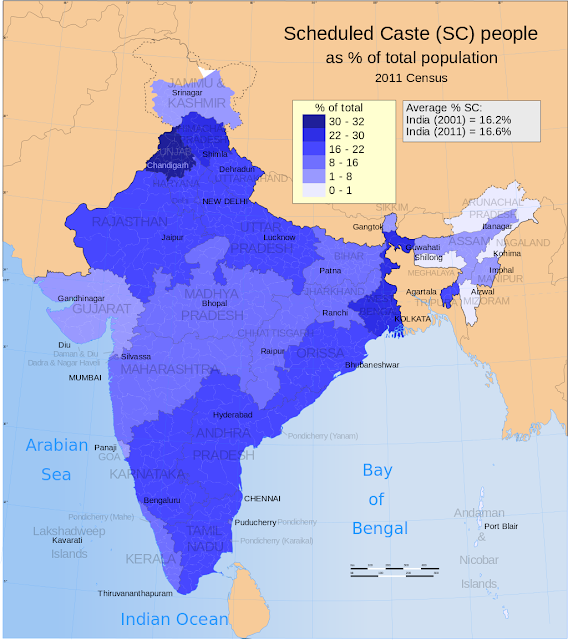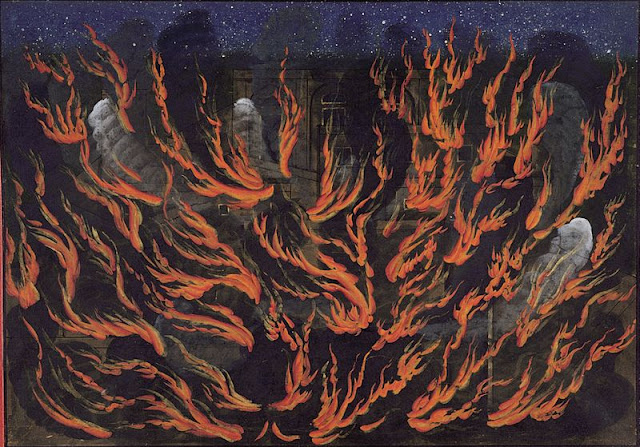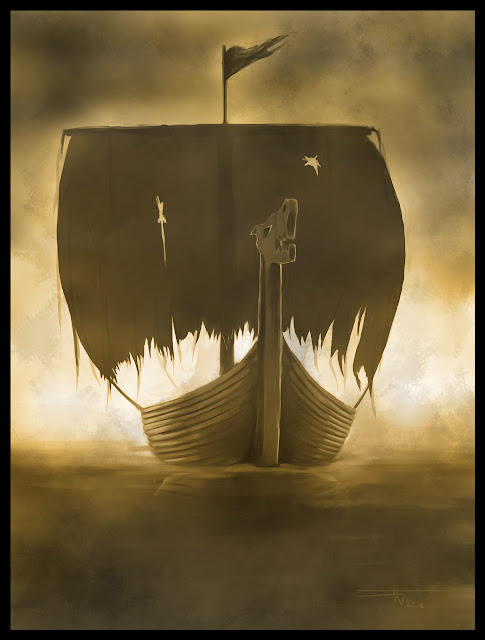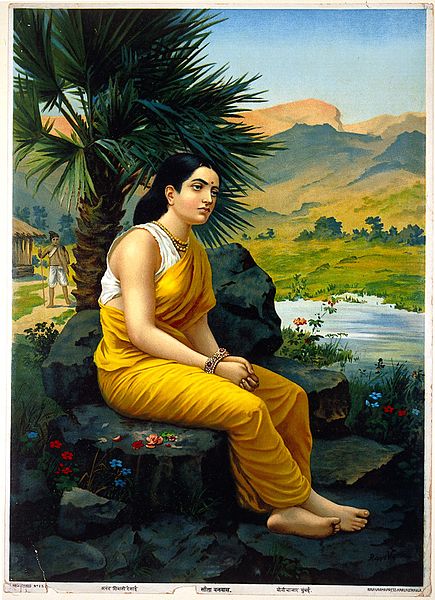Reading Notes: PDE Mahabharata, Part C

There were a few places in this reading that almost felt like informercials to me. The first few tales, including Arjuna's encounter with Shiva, his curse of five year's worth of dancing, and Bhima's encounter with Hanuman all feel like they could be advertisement blurbs in the back of an ancient magazine or subway ad (should such things have existed in that time frame). Breatharianism , as endorsed by the mighty Arjuna: "Are you searching for the ultimate cleanse? Have supplements and fad-dieting just brought you closer to giving up? Look no further, for Arjuna himself endorses the incredible inedia lifestyle approach referred to by hermits and Rosicrucians as "The last diet you'll ever need!" In fact, the sun diet worked so well for Arjuna that his purity levels and internal electric rhythms skyrocketed within only four months, permitting an ascension to the revered Shiva-level of the exclusive members-only Breatharian Brethren. Valuable prizes ...









